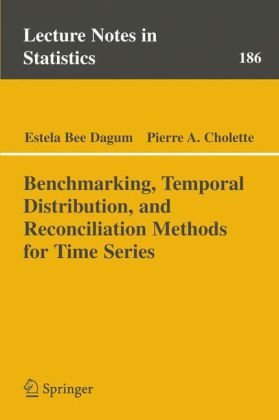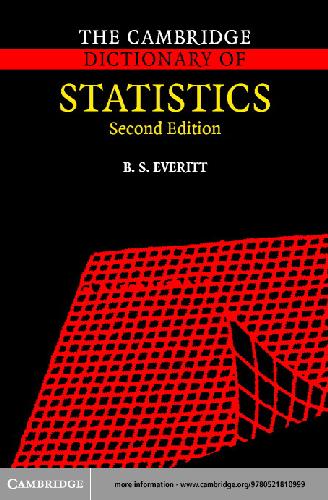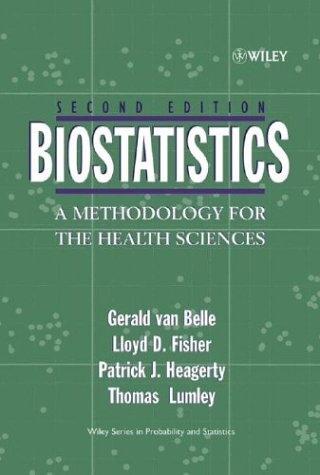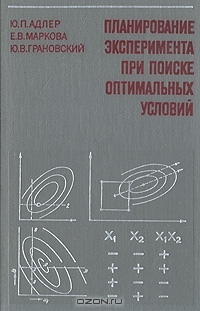Estela Bee Dagum, Pierre A. Cholette (auth.)9780387311029, 0387311025
In modern economies, time series play a crucial role at all levels of activity. They are used by decision makers to plan for a better future, by governments to promote prosperity, by central banks to control inflation, by unions to bargain for higher wages, by hospital, school boards, manufacturers, builders, transportation companies, and by consumers in general.
A common misconception is that time series data originate from the direct and straightforward compilations of survey data, censuses, and administrative records. On the contrary, before publication time series are subject to statistical adjustments intended to facilitate analysis, increase efficiency, reduce bias, replace missing values, correct errors, and satisfy cross-sectional additivity constraints. Some of the most common adjustments are benchmarking, interpolation, temporal distribution, calendarization, and reconciliation.
This book discusses the statistical methods most often applied for such adjustments, ranging from ad hoc procedures to regression-based models. The latter are emphasized, because of their clarity, ease of application, and superior results. Each topic is illustrated with many real case examples. In order to facilitate understanding of their properties and limitations of the methods discussed, a real data example, the Canada Total Retail Trade Series, is followed throughout the book.
This book brings together the scattered literature on these topics and presents them using a consistent notation and a unifying view. The book will promote better procedures by large producers of time series, e.g. statistical agencies and central banks. Furthermore, knowing what adjustments are made to the data and what technique is used and how they affect the trend, the business cycles and seasonality of the series, will enable users to perform better modeling, prediction, analysis and planning.
This book will prove useful to graduate students and final year undergraduate students of time series and econometrics, as well as researchers and practitioners in government institutions and business.
Estela Bee Dagum is Professor at the Faculty of Statistical Science of the University of Bologna, Italy, and former Director of the Time Series Research and Analysis division of Statistics Canada, Ottawa, Canada. Dr. Dagum was awarded an Honorary Doctoral Degree from the University of Naples “Parthenope”, is a Fellow of the American Statistical Association (ASA) and Honorary Fellow of the International Institute of Forecasters (IIF), the first recipient of the ASA Julius Shiskin Award, the IIF Crystal Globe Award, Elected Member of the International Statistical Institute (ISI), Elected Member of the Academy of Science of the Institute of Bologna, and former President of the Interamerican Statistical Institute (IASI) and the International Institute of Forecasters. Dr. Dagum is the author of the X11-ARIMA seasonal adjustment method widely applied by statistical agencies and central banks.
Pierre A. Cholette is a Senior Methodologist of the Time Series Research Centre of the Business Survey Methodology Division at Statistics Canada, Ottawa, Canada. He is the author of BENCH, a benchmarking software widely applied by statistical agencies, Central Banks and other government institutions.
Table of contents :
Introduction….Pages 1-13
The Components of Time Series….Pages 15-50
The Cholette-Dagum Regression-Based Benchmarking Method — The Additive Model….Pages 51-84
Covariance Matrices for Benchmarking and Reconciliation Methods….Pages 85-112
The Cholette-Dagum Regression-Based Benchmarking Method – The Multiplicative Model….Pages 113-133
The Denton Method and its Variants….Pages 135-158
Temporal Distribution, Interpolation and Extrapolation….Pages 159-191
Signal Extraction and Benchmarking….Pages 193-208
Calendarization….Pages 209-234
A Unified Regression-Based Framework for Signal Extraction, Benchmarking and Interpolation….Pages 235-261
Reconciliation and Balancing Systems of Time Series….Pages 263-284
Reconciling One-Way Classified Systems of Time Series….Pages 285-307
Reconciling the Marginal Totals of Two-Way Classified Systems of Series….Pages 309-336
Reconciling Two-Way Classifed Systems of Series….Pages 337-362







Reviews
There are no reviews yet.